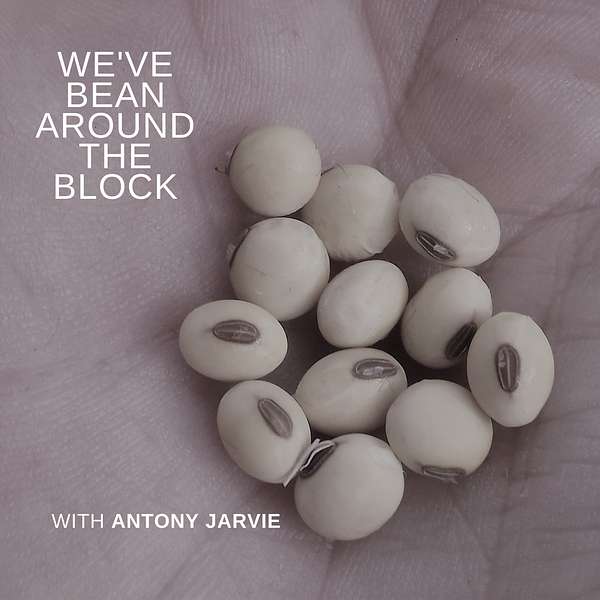
We've Bean around the Block
We've Bean around the Block
Episode 8 of 21: Sclerotinia: White mould in soybeans
Episode 8 of 21: Sclerotinia, White mould in soybeans
In this episode of ‘We’ve bean around the block’, podcast host Antony Jarvie talks to Dr Lisa Rothmann about Sclerotinia, which is without doubt the most serious pathogen limiting soybean production in South Africa. Lisa is a plant pathologist and researcher associated with the UFS, specializing in Sclerotinia sclerotiorum, commonly known as white mould. Sclerotinia is a major disease of many important agronomic crop species, including dry beans and sunflower but the discussion in this episode is quite soybean centric. In a ten-year survey commissioned by the Crop Estimates Committee, the prevalence of Sclerotinia in different seasons was as low as 7% and as high as 55%. Different regions also varied in prevalence, but it was important in all the major soybean production regions. The life cycle of the pathogen is discussed concentrating on sclerotia, the melanised structure that allows the white mould to survive in debris or soil for many seasons and to re-infect crops in the future. Germinating sclerotia form small fruiting structures called apothecia, which release ascospores that infect susceptible host plants. Soybeans are most susceptible to infection during their flowering period, and as the infection progresses, characteristic white mould colonises the plant. Sclerotia are formed when the white mycelia harden and may remain embedded in the infected stems of the plants or dispersed on the soil surface during the harvesting process. Sclerotia are often of similar size to soybean grain, which means that they could potentially land up in amongst seed, if the conditioning processes are not sensitive enough to remove them. In order to prevent seed from being a major source of re-infection of fields, the South African seed certification scheme limits the presence of sclerotia in certified seed bags to 0.2%. Beside using good quality seed, producers can also limit the impact of Sclerotinia on their crop by rotating with a grass species crop like maize, utilizing cultural practices like plant population and row width to make conditions less favourable for infection. The pros and cons of tillage and cultivar maturity and habit are discussed. Any action that is aimed at reducing the number, viability or lifespan of sclerotia should be considered because it is a long-term solution that targets the problem, not just the symptom. Scouting for apothecia during the season assists in establishing the crop risk, helping with the decision of whether to spray or not to spray. Recognising the apothecia could be aided by the photos on the Sclerotinia Research Network. This website also has a hotline, and you may use this to contact the experts directly for specialist opinion.
Further reading: There are several good local articles on Sclerotinia in soybean, the one in SAGrain Mag by Hanlie du Plessis offers great insights.